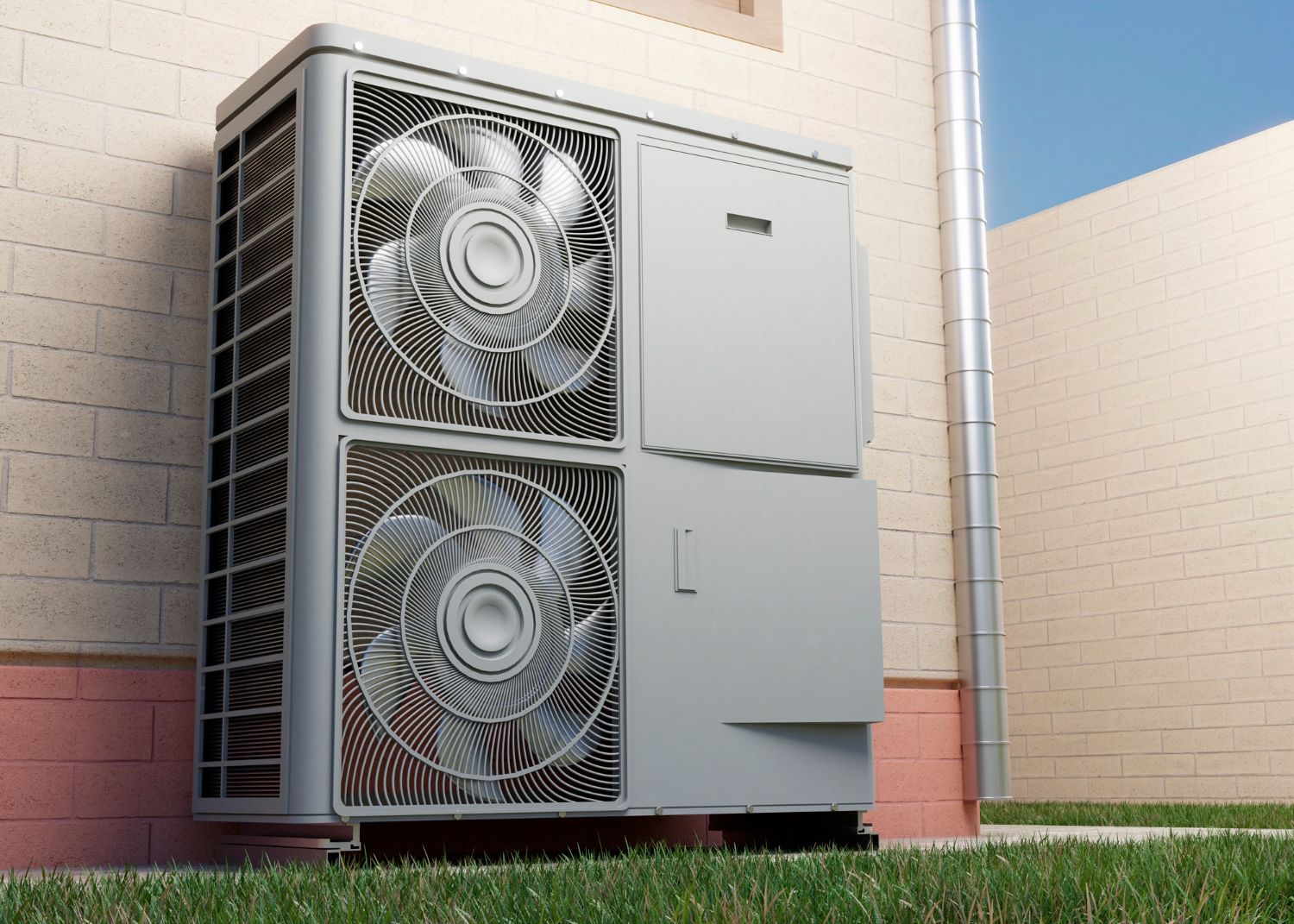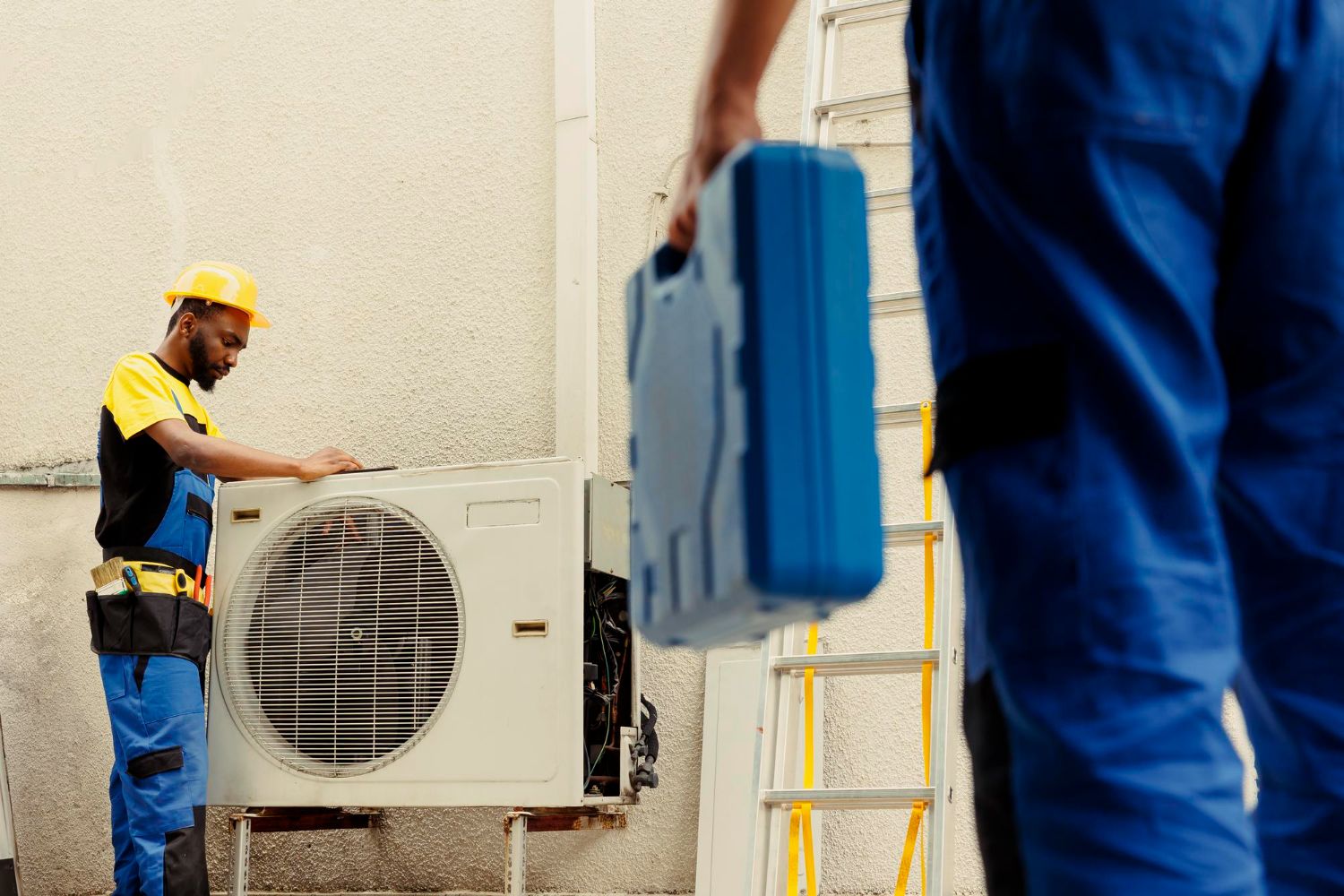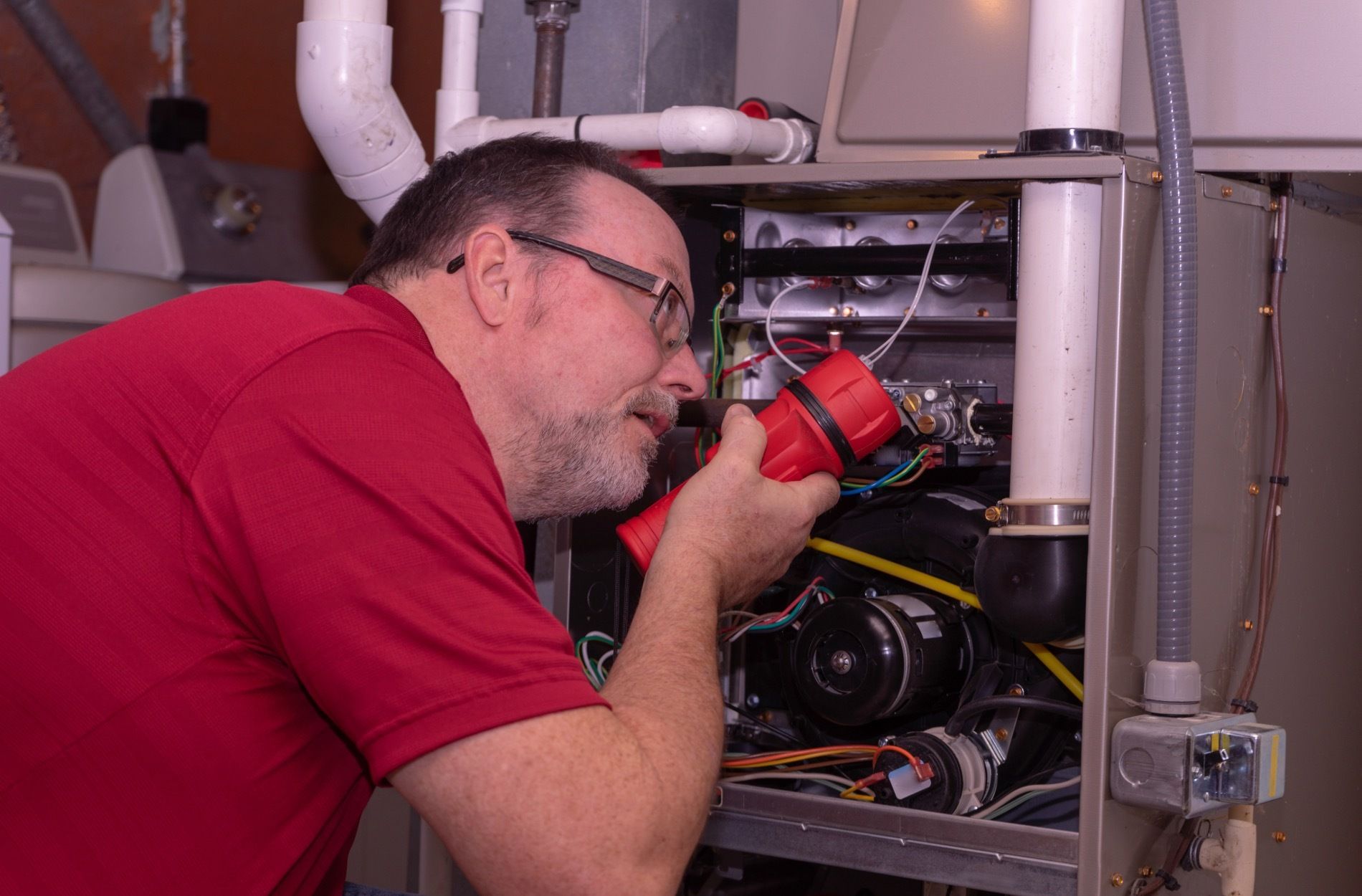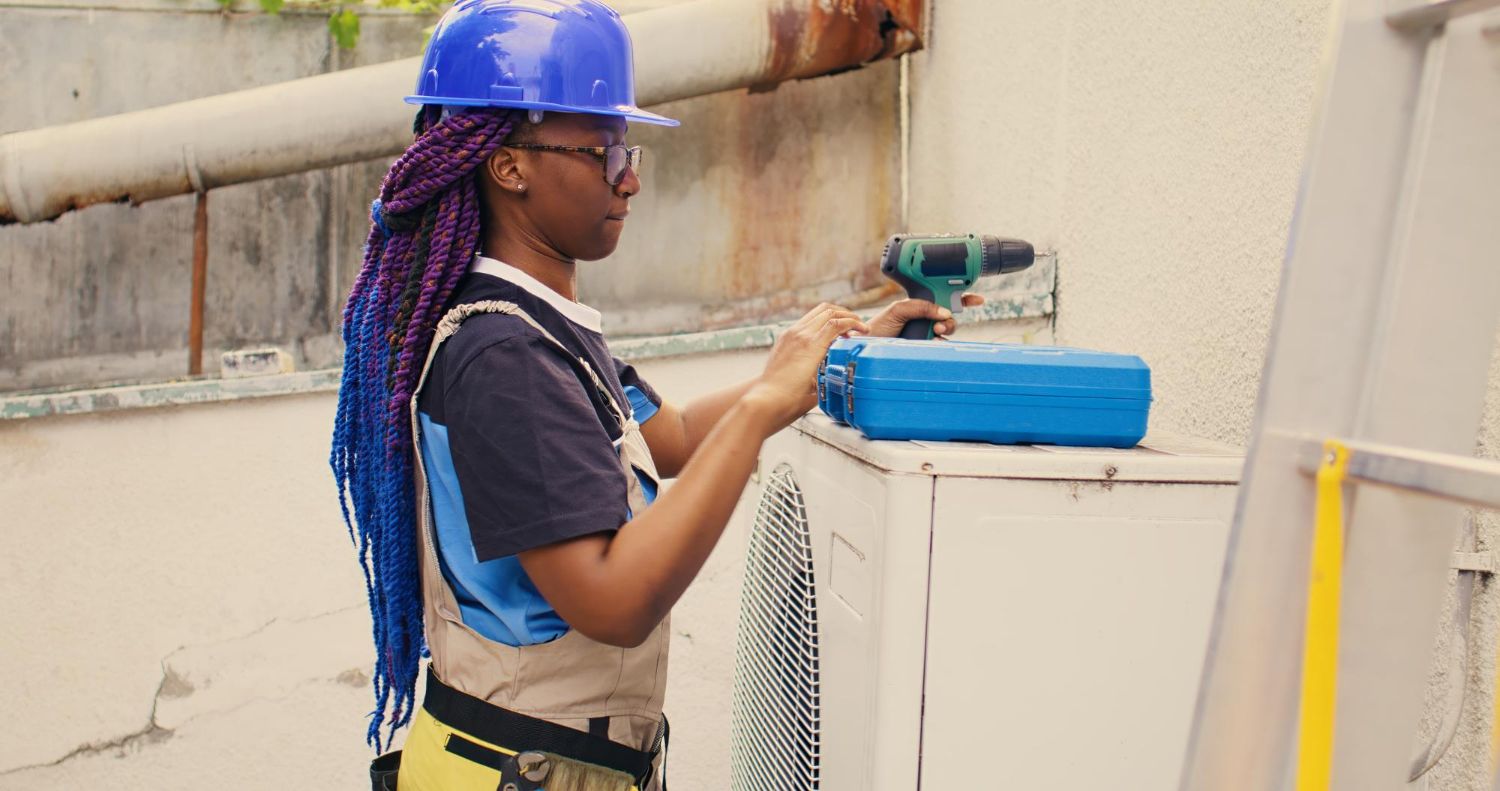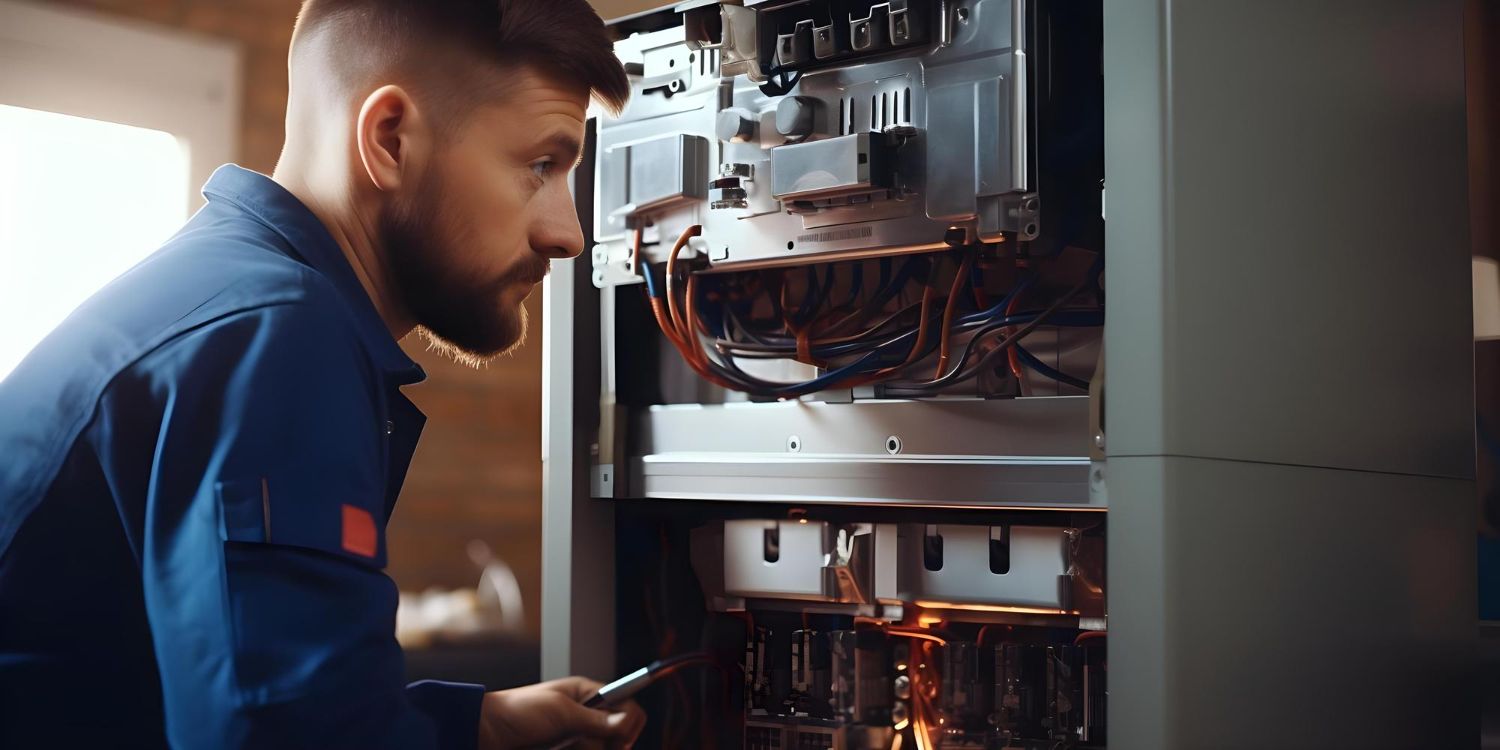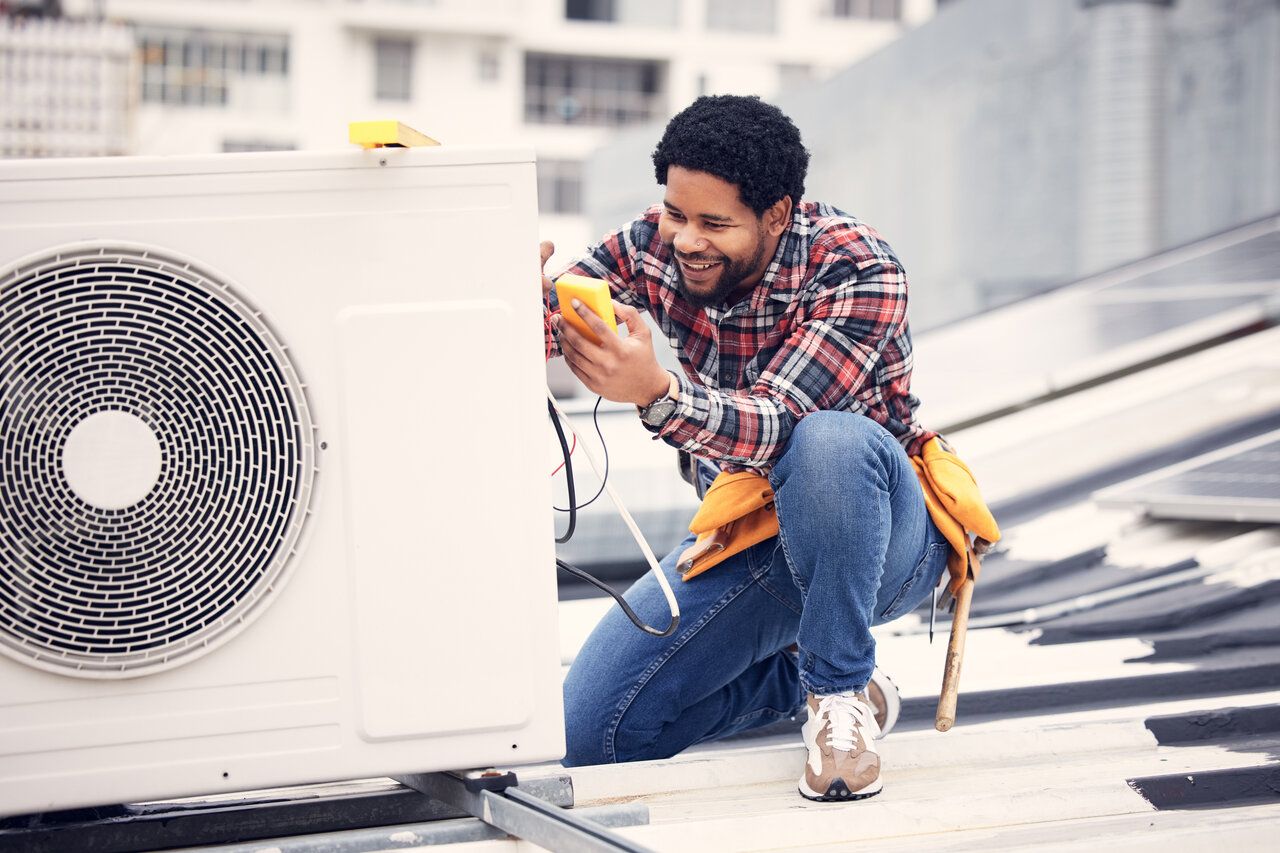
Avoiding Common Pitfalls During HVAC Replacement
Replacing an HVAC system is a significant investment that impacts your home’s comfort and energy efficiency. It’s crucial to approach this process carefully to avoid common pitfalls that homeowners often face. Making informed decisions can save you time, money, and future headaches.
Choosing the Right HVAC System
Selecting the right HVAC system for your home is crucial. There are multiple types of systems to consider, each with its own advantages.
- Central Air Conditioning Systems: These systems are ideal for cooling large homes. They use a network of ducts to distribute air throughout the house. This type requires regular maintenance to keep it running efficiently.
- Heat Pumps: Heat pumps are versatile systems that provide both heating and cooling. They are energy-efficient and work well in moderate climates. If you want a year-round solution, a heat pump might be the best choice.
- Ductless Mini-Splits: These systems are perfect for homes without existing ductwork. They are efficient and flexible, allowing you to control the temperature in individual rooms. This can save energy by avoiding the need to cool or heat unused spaces.
- Furnaces: Furnaces are the go-to option for heating in colder climates. They can be powered by gas, oil, or electricity. Pairing a furnace with a central air conditioner provides a comprehensive heating and cooling solution.
Understanding your specific needs can help you choose the right system. Consider factors like your climate, home size, and budget. Consulting with our professionals can provide valuable insights and recommendations tailored to your situation.
Ensuring Proper Sizing
The size of your HVAC system significantly affects its performance. An incorrectly sized unit can lead to multiple issues, including poor temperature control and higher energy bills.
- Understanding BTUs: HVAC systems are rated based on their British Thermal Units (BTUs). A higher BTU rating means the system can heat or cool a larger space. However, bigger is not always better. An oversized unit can short cycle, turning on and off frequently, reducing its lifespan.
- Load Calculations: Proper sizing involves performing a load calculation. This considers factors like the size of your home, number of windows, insulation levels, and climate. Our professionals use this information to determine the appropriate unit size for optimal performance.
- Avoiding Common Mistakes: Many homeowners make the mistake of choosing a system based solely on their current unit’s size. Over time, homes can undergo changes that affect their heating and cooling needs. It’s essential to reassess to ensure a suitable match.
- Benefits of Proper Sizing: A correctly sized HVAC system operates more efficiently, providing consistent comfort and reducing energy consumption. It also decreases wear and tear, extending the unit’s lifespan and saving you money on repairs and replacements.
By ensuring your HVAC system is properly sized, you can enhance its performance and efficiency. This not only improves your home’s comfort but also minimizes operational costs over time. If unsure, consulting with our professionals can provide accurate assessments and recommendations.
Hiring Qualified Professionals
Hiring qualified professionals is a critical step in the HVAC replacement process. A well-installed system will function efficiently and require fewer repairs over its lifespan.
- Check Credentials: Ensure the technicians you hire are licensed and certified to install HVAC systems. Proper credentials demonstrate their knowledge and expertise in handling complex installations.
- Experience Matters: Look for professionals with extensive experience in HVAC replacement. Skilled technicians are more likely to identify potential issues and resolve them efficiently, ensuring a smooth installation process.
- Get Multiple Quotes: Obtain quotes from several reputable HVAC contractors. This will give you a sense of the market rate and help you choose a provider that offers good value. Be wary of quotes that are significantly lower than others, as they may indicate subpar service or hidden costs.
- References and Reviews: Check online reviews and ask for references from past clients. Customer feedback can provide insights into the quality of work and level of customer service you can expect.
- Clear Communication: A good contractor will communicate clearly about the project timeline, costs, and what to expect during the installation. Transparency ensures there are no surprises and helps manage expectations.
Hiring qualified professionals ensures your HVAC system is installed correctly, providing reliable and efficient operation for years to come. This minimizes the risk of future issues and maximizes your investment.
Planning for Ductwork and Ventilation
Proper planning for ductwork and ventilation is essential for the efficiency of your HVAC system. Overlooked ductwork can lead to poor air distribution and reduced performance.
- Evaluate Existing Ductwork: Before installing a new HVAC system, inspect the existing ductwork for any leaks, damage, or blockages. Deteriorated ducts can significantly impact system efficiency and indoor air quality.
- Proper Sealing: Ensure all duct joints and seams are properly sealed. Leaky ducts can cause significant energy loss and reduce the system’s ability to heat or cool your home effectively. Use mastic or metal tape for a durable seal.
- Duct Size and Layout: The size and layout of the ductwork should be compatible with the new system. Incorrectly sized ducts can lead to inefficiency and uneven temperature distribution. Our professionals can assess and recommend necessary modifications.
- Ventilation Considerations: Good ventilation is crucial for maintaining indoor air quality. Ensure there are enough vents to distribute air evenly throughout your home. Consider adding exhaust fans in areas like bathrooms and kitchens to remove excess moisture and odors.
- Insulation: Properly insulated ducts help maintain the temperature of the air being circulated. This is especially important for ducts that run through unconditioned spaces like attics or basements. Insulation minimizes energy loss and improves overall system efficiency.
By addressing these aspects of ductwork and ventilation, you can enhance the performance of your HVAC system, ensuring consistent comfort and better air quality in your home.
Conclusion
Navigating an HVAC replacement can be a complex process, but careful planning and informed decisions can lead to a successful outcome. From choosing the right system to ensuring proper sizing, hiring qualified professionals, and planning for ductwork and ventilation, each step plays a crucial role in the efficiency and longevity of your new HVAC system.
Proper execution of these steps not only enhances your home’s comfort but also helps in reducing future maintenance costs. If you’re considering an HVAC replacement, it’s essential to consult with experienced professionals who can guide you through each phase of the project.
For expert advice and reliable HVAC replacement in West Valley City, UT, contact One Stop Heating and Air Conditioning. Our team is committed to providing top-quality installation and ensuring your home’s heating and cooling needs are met.


